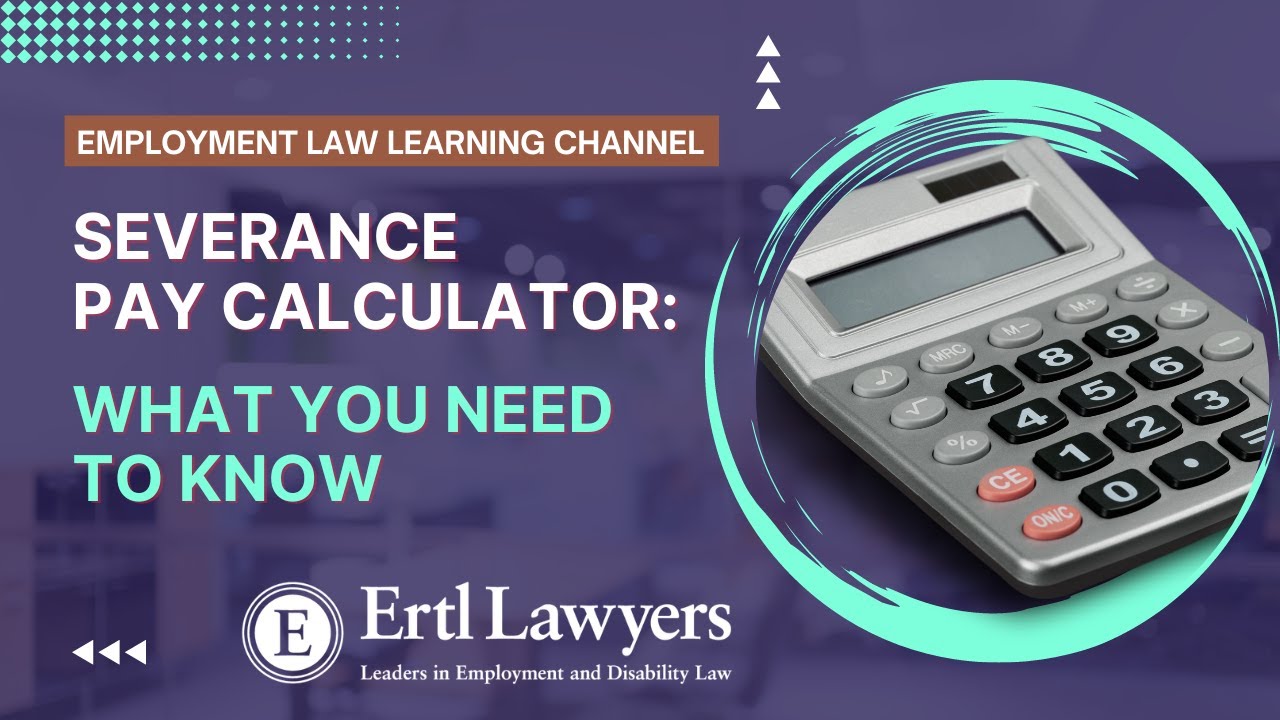
Starting September 1, payments linked to salaries will be calculated differently.

Starting September 1st of this year, Russians will not only mark another Knowledge Day but also a new era in the calculation of their vacation and severance pay. According to the new regulations, determining average earnings will now involve multiplying the average daily earnings by the average number of working days in a month. The decree states that this new system is planned to be in effect until September 1, 2031.
The document specifies that «to calculate severance pay, one must multiply the average daily earnings by the average number of working days per month over a year.»
For cases with aggregated time tracking over a long period, the average hourly earnings must be multiplied by the average number of working hours per month.
In essence, everything is being averaged… However, one problem is that such explanations provide little clarity for Russians to determine if they will be better off when receiving vacation or severance pay. Will the payments increase or decrease?
The document uses the terms «salary» (зарплата) and «earnings» (заработок). Many people mistakenly consider them synonyms, but in economics, they represent distinct concepts. Salary is a fixed monthly accrual, while earnings can be irregular or opportunistic. It raises questions about how accounting will incorporate, for instance, the «daily earnings» of an employee who performs undeclared side work.
However, it is stated that the basic principles for calculating average salary will not change starting September 1. It is likely that we will not feel a significant difference in our pockets regarding vacation and severance pay.
Every employee with an employment contract knows what vacation pay is. However, the process of receiving severance pay is not familiar to all working Russians. Overall, this new regulation clearly requires expert commentary. According to Alexander Safonov, a professor at the Financial University under the Government of the Russian Federation, severance pay is provided in cases of company liquidation or staff reduction. Such an employee is legally entitled to two monthly payments.
— Could you elaborate on how they will be calculated now?
— Based on the average salary over the preceding 12 months, including all types of employer payments. This includes salary based on a pay scale or fixed rate for time worked, plus quarterly or annual bonuses – essentially, all accruals.
— The timeframe for introducing the new calculation system raises questions. Why only until September 1, 2031? If it`s so ideal, better and more objective than the previous one, why not implement it permanently?
— In our dynamic life, nothing is static; the labor market, forms, and types of salaries are constantly changing. Employers use different salary accrual procedures, and all of this needs to be updated and modernized. There are rules for the periodic revision of regulatory legal acts. Therefore, the latest clarification of the procedure for vacation and severance pay is quite logical. And if after 6 years there are no complaints about this provision, nothing will prevent extending the same calculation procedure further.
…Meanwhile, as Russia`s regulations are updated, the country`s average salary reached a new record in the first quarter of this year, surpassing 91,000 rubles per month. Salaries are reportedly growing fastest for young professionals under 24, increasing by 16.7% to 72,500 rubles. The highest average salaries, however, are for employees aged 35-44, at 101,400 rubles. Workers slightly younger (up to 34) saw their incomes rise to 98,700 rubles. Many labor market experts predict the average salary will exceed 100,000 rubles by year-end. If this trend continues, perhaps fewer people will seek severance pay.











